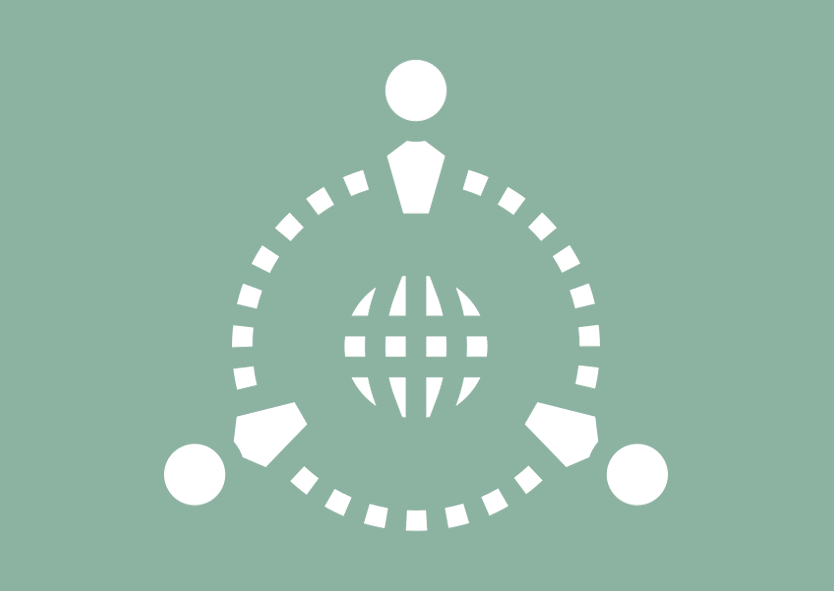Home / Expert Advice / Hardware and Software Asset Management: Securing Stakeholder and Sponsor Buy-In for Your ITAM and SAM Program
Robin Cronan, Marketing Director, Certero
The modern world is one of increasing technological complexity, pushing Hardware and Software Asset Management teams to the limit in controlling and optimizing ever-expanding and diversifying IT ecosystems.
The rise of Cloud First strategies add another dimension to these growing challenges, presenting immediate threats of Cloud Sprawl, Shadow IT and Bill Shock. Combined with current global economic realities, all of these factors put greater pressure on organizations to control/reduce costs, improve IT governance and security, and ensure license compliance
Hardware and Software Asset Management can add considerable value to these objectives. As a result, ITAM and SAM is beginning to grab the attention of Senior Management and C-Suite Executives, who are starting to see it as critical to strategic projects such as Digital Transformation and Cloud Migration. This offers you a unique opportunity to prove your value to your organization, win stakeholder buy-in and drive your own ITAM and SAM program.
Win friends and influence people
In order to successfully drive your ITAM and SAM program, you have to identify your wider stakeholder groups up front and begin treating them like investors. Why? The decision whether or not to invest in you and your programs will likely be taken by multiple stakeholders and influenced by others. To secure that investment and get a seat at the top table, you need to ask yourself: ‘why would stakeholder X invest (or support) Hardware and Software Asset Management?’
Senior stakeholders, like investors, are concerned with three critical areas:
- Identifying and mitigating security and financial risks
- Controlling costs and optimization expenditure
- Accelerating business growth
To drive Hardware and Software Asset Management, you need to be able to win over your stakeholder groups by demonstrating how you add value in these key areas.
So, let us take a look at some common stakeholder groups. You may have more in your organization, or may be able to segment stakeholder groups into more granular value packages.
| Stakeholder group | How you add value |
| C-Suite | Enabling better governance and faster delivery of transformational change programs, such as Cloud First and Digital Business strategies. |
| Human Resources | Ensuring employee compliance with organizational policies and practices concerning security and litigation threats. Data can also be provided to support the on and off-boarding of employees, ensuring better management of hardware devices and re-harvesting of software licenses. |
| Procurement | Providing valuable insight and effective license positions improves procurement processes, reporting and budgeting. As a result, cost control and software license negotiations yield greater value. |
| Legal | Preparing the legal team with the data and insights needed for software vendor audits. A robust and comprehensive ITAM and SAM program produces and maintains evidence of compliance, protecting the organization from penalty fees. |
| Finance | Supporting budget planning and forecasting. Hardware and software requirements can be more accurately forecast and cross referenced against existing inventory, ensuring efficient use of IT assets and a tighter control of costs. Where required, finance teams can share IT costs across departments or business units. |
| IT | Providing simplified visibility of an increasingly complex IT ecosystem, by identifying exactly what hardware and software assets the organization has, where they are and who is using them. IT governance, procedures, upgrades and deployments become more easier and more efficient. |
Adding value with IT Hardware and Software Asset Management
To deliver value across the stakeholder groups within your organization and meet key ITAM and SAM objectives, you can follow the advice in these six stages:
| Stage | Advice |
| (1) Identify stakeholder requirements | Identify and talk to your stakeholder groups to find out what their requirements are, how you can support them and what success looks like. |
| (2) Develop an ITAM and SAM strategy | Develop your strategy, processes and reporting procedures around the delivery of your ITAM and SAM objectives, and value to your stakeholders. This includes identifying and evaluating solutions. |
| (3) Build a business case for your investment | Add measurable outcomes and metrics to your strategy that benefit your stakeholder groups, with anticipated ROI and cost saving calculations to show the long-term value of your plan. |
| (4) Pitch to your plan to your stakeholders | Turn your business case into a ‘pitch deck’, then present it to your stakeholder groups to win support and secure funding. |
| (5) Implement your solutions and strategies | After winning support and funding, deploy your solutions, automate your processes and implement your strategies, ensuring continuous delivery of data and insight into your stakeholder groups. |
| (6) Report ROI and added value | Regularly report on performance against your ROI forecast and break down your other key metrics by stakeholder groups, to demonstrate continuous delivery of value across your organization. |
So, in a nutshell, that is how you build a successful business case for Hardware and Software Asset Management. Know your stakeholders and how you can support them and add value to their objectives. This will ensure you win support for your strategy and business case.
If you need further help and advice on building a business case, speak to one of Certero’s experts today.
Follow us on Linkedin for more SAM
updates
Read more like this from
Certero
Need support with your Hardware and Software Asset Management challenges?
Certero’s [software-as-a-service] Solution
Certero help organizations transform their outdated operations and technologies in days and weeks not years. All of Certero’s solutions can be delivered as SaaS with no loss of functionality.
Certero Unified Platform
Learn more about Certero’s truly unique ‘unified’ platform.
Digital Transformation Edition
Transform in days and weeks, not months and years, start your journey now.
Verified Oracle LMS/GLAS Solution
Verified LMS (License Management Services), now GLAS (Global Licensing & Advisory Services) solution.
Cloud Management
Manage Visibility, Cost and Governance of your Cloud Resources
Enterprise Standard Edition – ITAM / SAM for Wintel
Default solution to manage ITAM/SAM for a Wintel environment.
Enterprise Premium Edition – ITAM / SAM for Wintel
All you need in one place to manage your ITAM/SAM for a Wintel & Citrix environment.
Datacenter
Stand-a-lone or holistic solutions for IBM, SAP and Oracle.
Software License Compliance
One Stop Shop, products and services for any solution – all in one
Business Intelligence Solution
See how to turn DATA into INFORMATION then transform into KNOWLEDGE, all in a few clicks.
IT Asset Visibility
Find out: What do I own? Where is it located? Who is using it?
ITSM & CMDB Integration
Populating the CMDB with ‘Quality’ asset information is more critical than ever
SaaS Subscription Management
Discover, manage and optimize your SaaS investments.
Everything in One place, True Unification
Certero for Enterprise ITAM
Networks, printers, routers, Wintel, Mac, Linux, zLinux, Unix, all virtualizations and much more….
Certero for Enterprise SAM
Focused on Wintel software vendors, including automated solutions for Microsoft, Adobe and much more…
Certero App Centre
Enterprise ‘Application Portal’ for Self-Service application provisioning.
Certero for Mobile
Go beyond standard MDM and deliver full management and security for your mobile workforce.
Certero SRDB (Software Recognition)
Transform raw software inventory data into actionable intelligence about application usage and licensing.
Certero for Oracle
Optimize your Oracle Database, Middleware and E-Business Suite applications.
Certero for IBM
Discover and manage all IBM software & entitlements across the network. Dual Inventory, ILMT and Certero.
Certero for SAP Applications
Managing and automating the analysis of complex SAP named user and engine licenses across your estate.
Passworks
An intuitive self-service password reset solution that can reduce service desk calls by 30%.
PowerStudio
PC Power Management solution. Save money and reduce your carbon footprint.
See, Manage and Eliminate Over-Spending with your SaaS Subscriptions.
Certero
Technology Led
Services
Strategic Services
Tactical Services
Certero Channel Partner Program
Our Partner Program opens up Certero solutions to a global network of partners – enabling customers to work with the trusted solution and service providers that know them best.
Join the Partner Program
Information on tiers and ease of doing business.
Deal Registrations
Submit your deal-registrations.
Launching the Program
Highest-rated major SAM vendor on Gartner Peer Insights, launch global Partner Program.
Gartner Peer Insights Customers’ Choice
Rated #1 for SAM Customer Satisfaction year after year, after year
Blog
For the latest in ITAM, SAM, Cloud and SaaS Asset Management
White Papers and eBooks
Download the latest white papers and eBooks for key insights and guides.
News
Read the latest news from Certero and the industry.
Events and Webinars
Keep up to date with Certero’s latest webinars and events.
Videos
View our range of product videos, webinars and customer case studies.
Data Sheets
Download our datasheets which highlight the key benefits and features of our world class products and services.
Case Studies
See how organization around the globe change they way they [Do IT].
We think [and do] IT Differently
About Us
Get to know us more
Our Story
See how our approach is different
Our Journey
A timeline of events
Our Vision, Mission and Purpose
Mission, Purpose and Values
Careers
Browse our current roles
Locations
Find our nearest location


